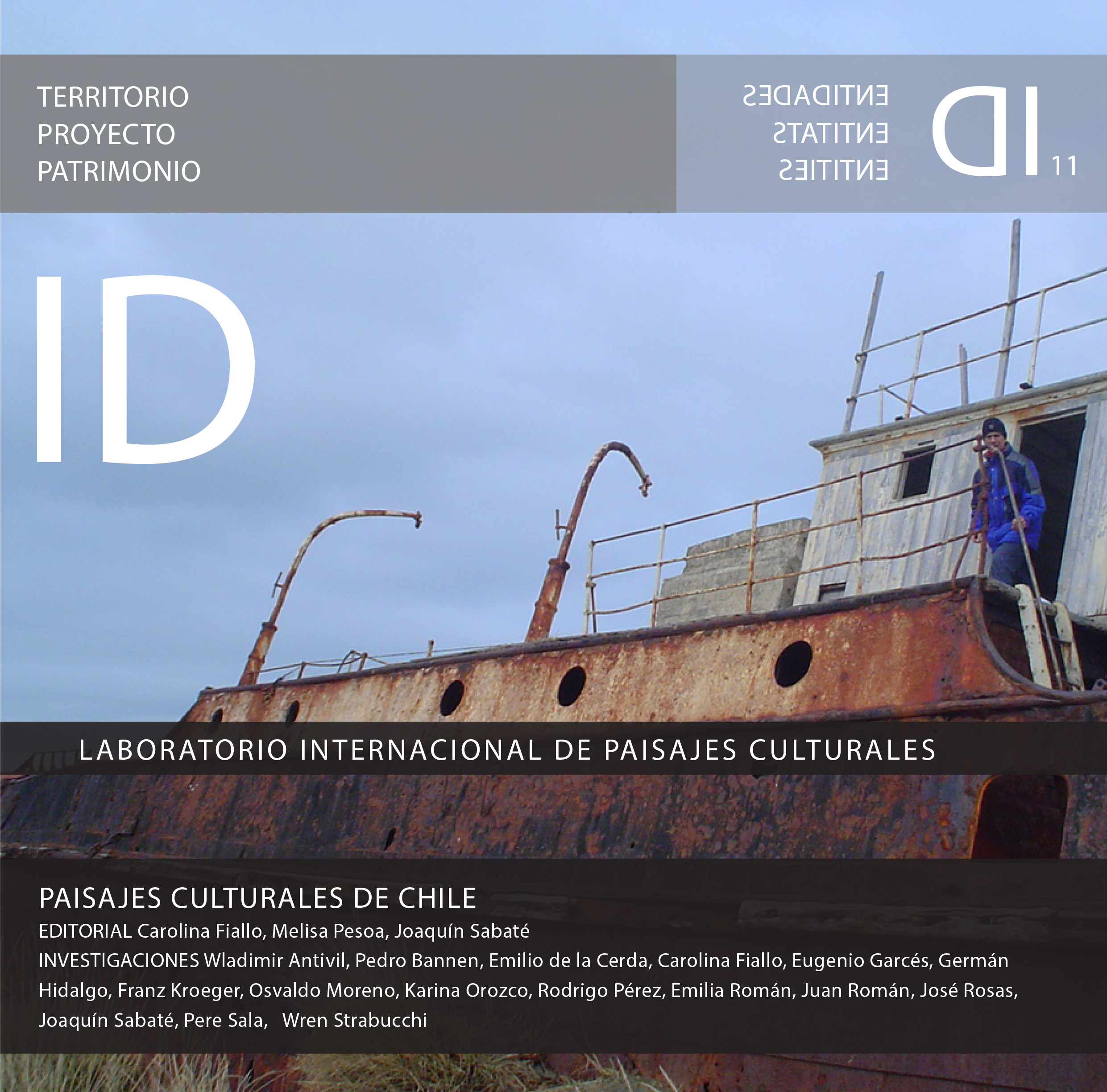PAISAJES CULTURALES DE LA SAL EN CHILE
SOPORTE DE HISTORIA, CULTURA Y SOSTENIBILIDAD
DOI:
https://doi.org/10.5821/id.12025Abstract
Artisanal saltworks on Central Chile coasts are a relevant example of a high natural-cul- tural value, the result of the work footprint of the salt workers on the territory over the centuries and, therefore, decisive in the construction of the salt culture and identity of the territories where they are located. These saltworks are made up of components of tangible and intangible heritage value, which cannot be considered as isolated events, but within a network-structure that forms a complex framework of links between geography, economy, culture and history. They are productive systems with unique characteristics, both for their natural and environmental values, as well as for their cultural, heritage, historical, social and identity values.
However, in recent decades this valuable heritage has evidenced an important process of abandonment and deterioration, due to various natural and anthropic factors that threaten its existence. That is why its study, understanding and dissemination as a cultural land- scape is key to articulate approaches and knowledge from various fields that allow, in turn, to generate effective policies and instruments for its conservation and promotion.
Key words: cultural landscape, saltworks, heritage, identity, Chile
Downloads
Published
Issue
Section
License
Copyright (c) 2023 Creative Commons

This work is licensed under a Creative Commons Attribution-NonCommercial-ShareAlike 4.0 International License.
Those authors who have publications with this journal, accept the following terms:
a. Authors will retain their copyright and guarantee the journal the right of first publication of their work, which will be simultaneously subject to the Creative Commons CC BY-NC-ND-4.0 recognition license that allows third parties to share the work provided that its author and its first publication are indicated in this journal, but they cannot be changed or used commercially.
b. Authors may adopt other non-exclusive license agreements for the distribution of the version of the published work (eg: deposit it in an institutional telematic archive or publish it in a monographic volume) provided that the initial publication in this journal is indicated.
c. Authors are allowed and recommended to disseminate their work through the Internet (e.g. in institutional telematic files or on their website) before and during the submission process, which can lead to interesting exchanges and increase citations. of the published work. (See The effect of open access).













